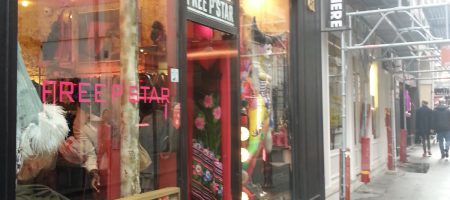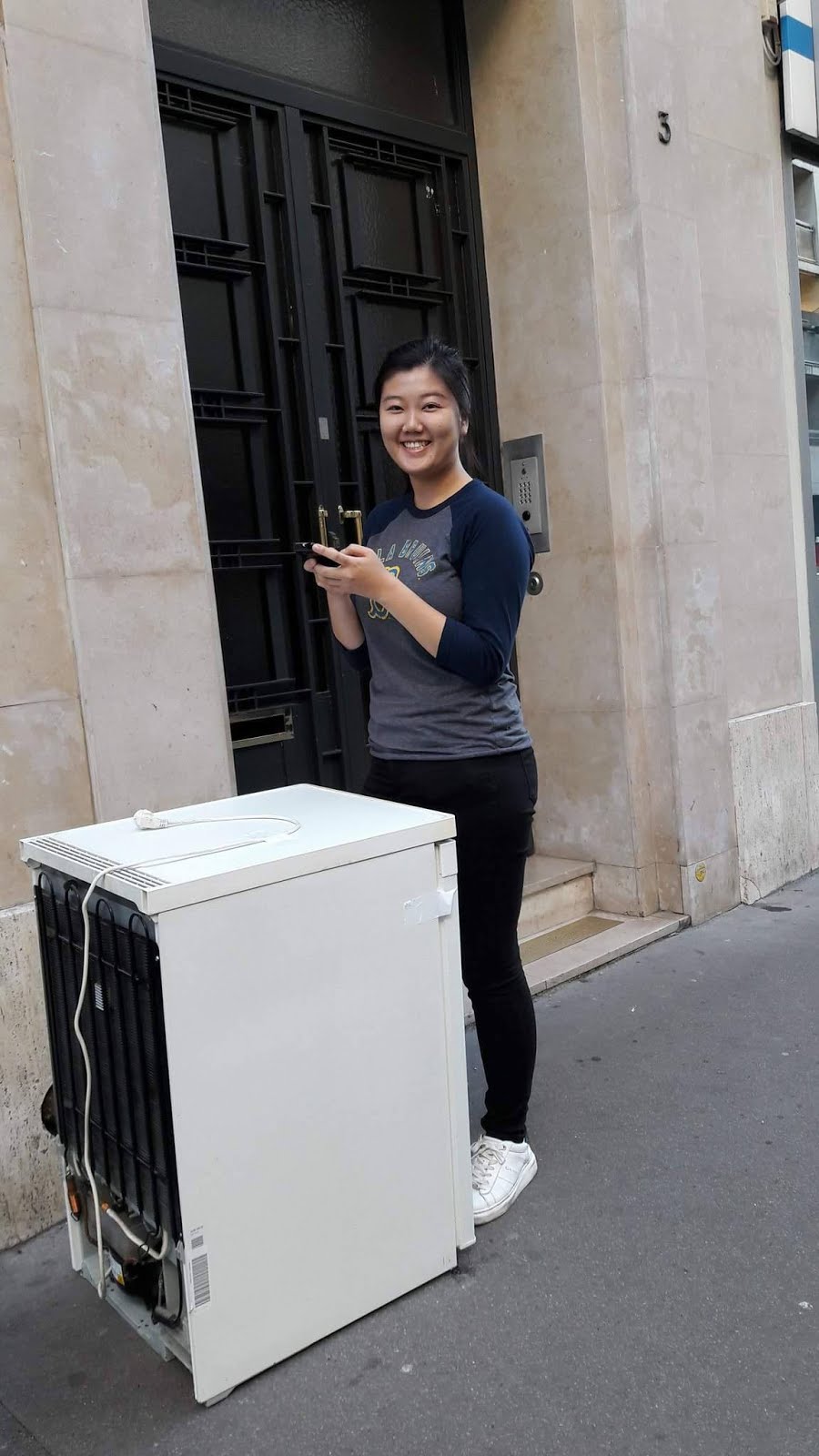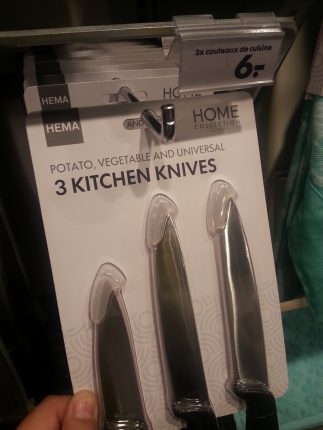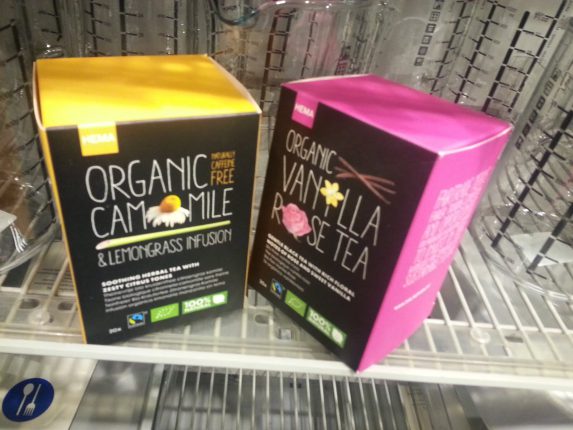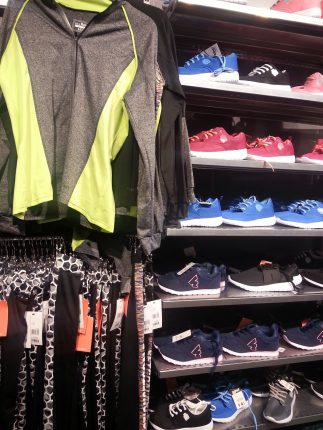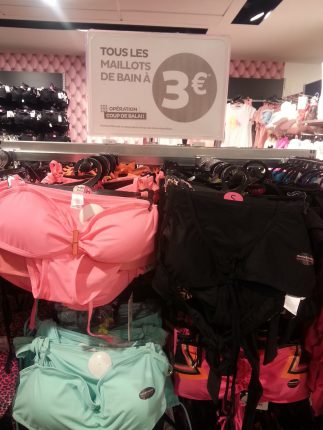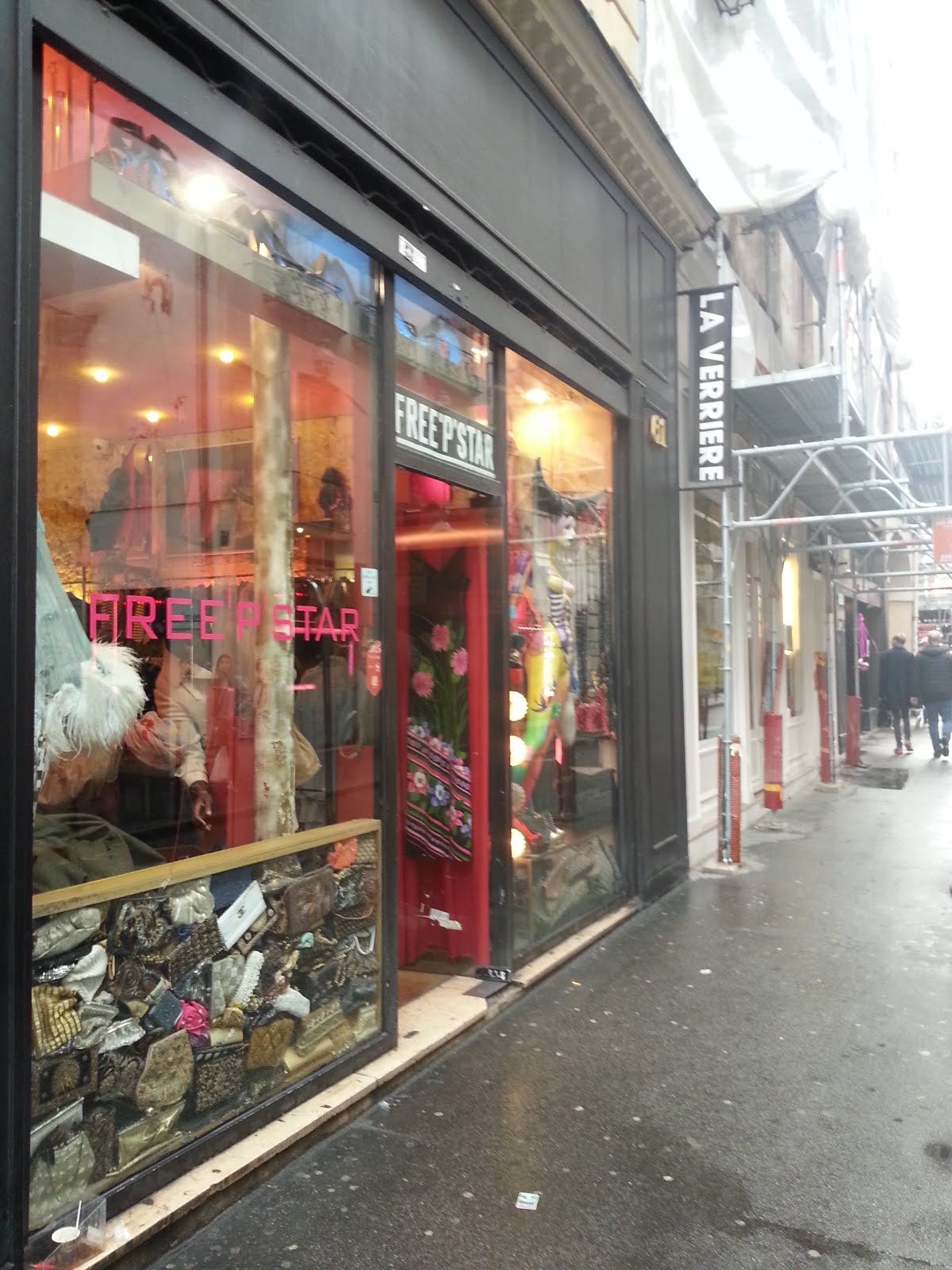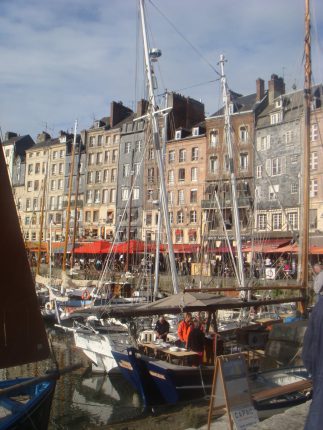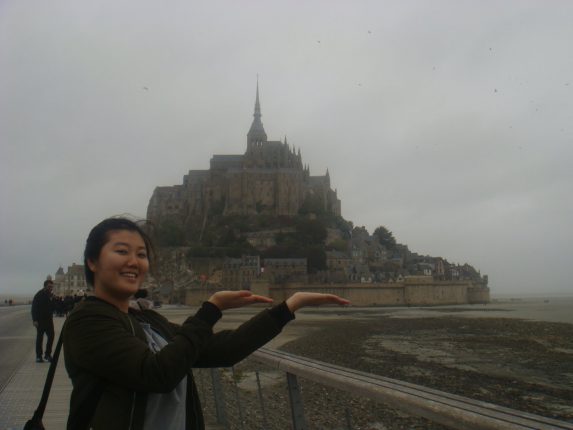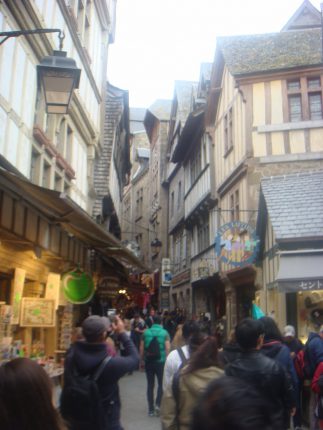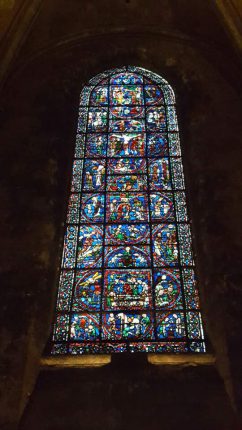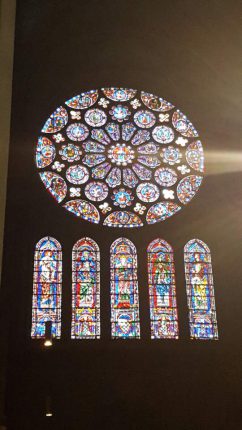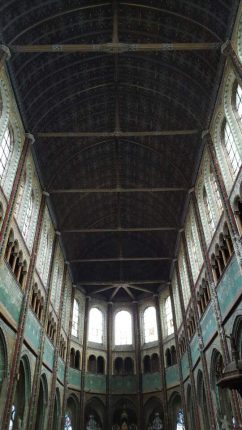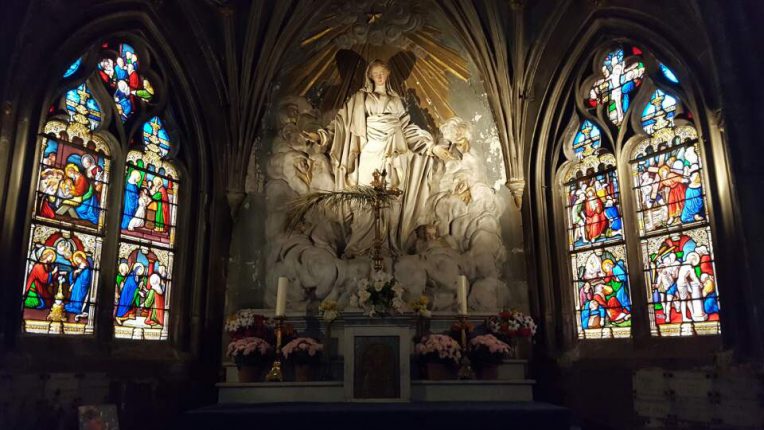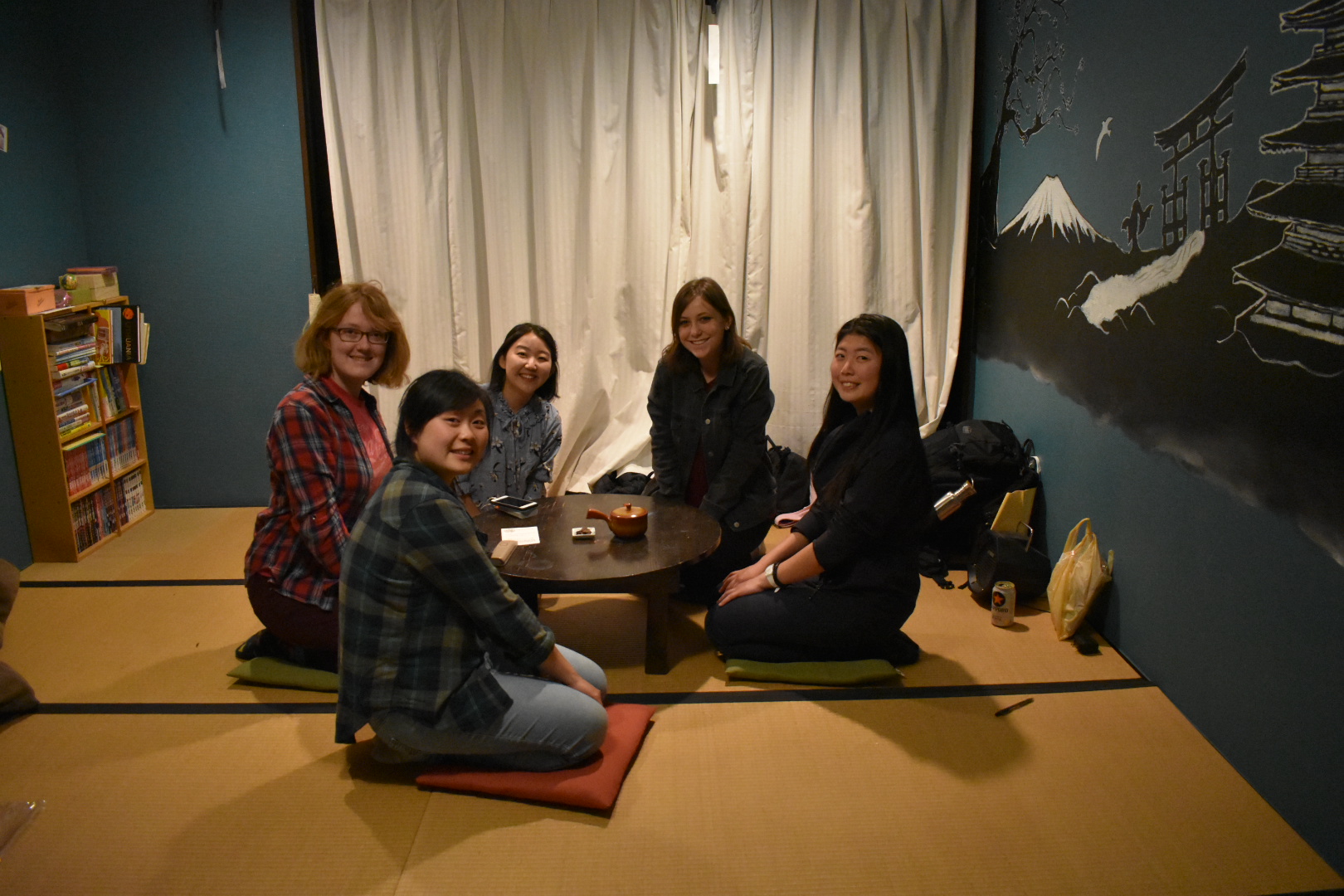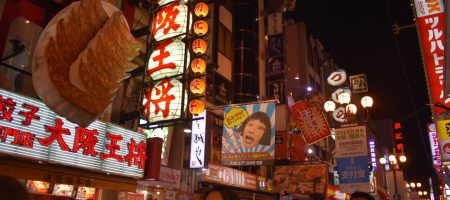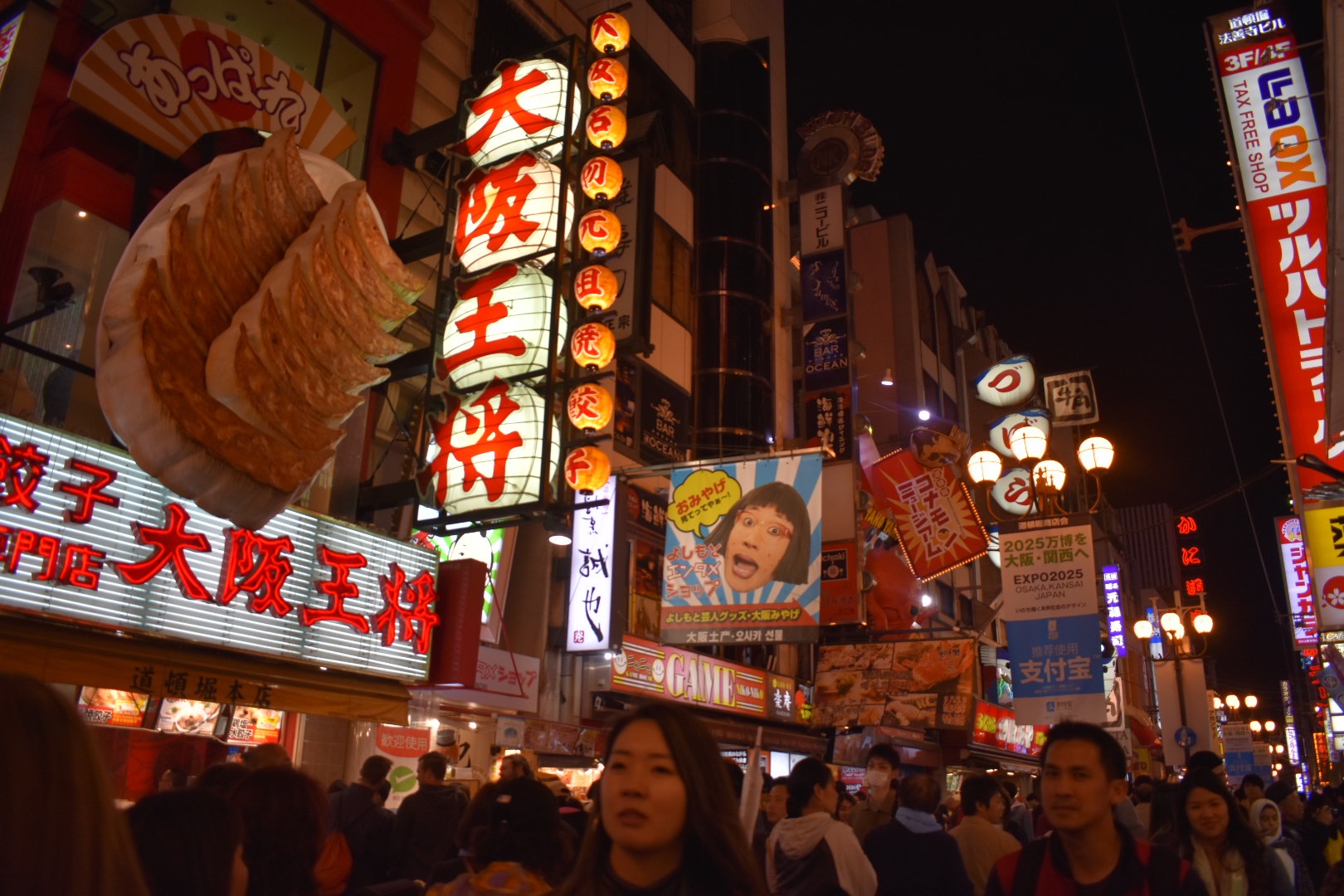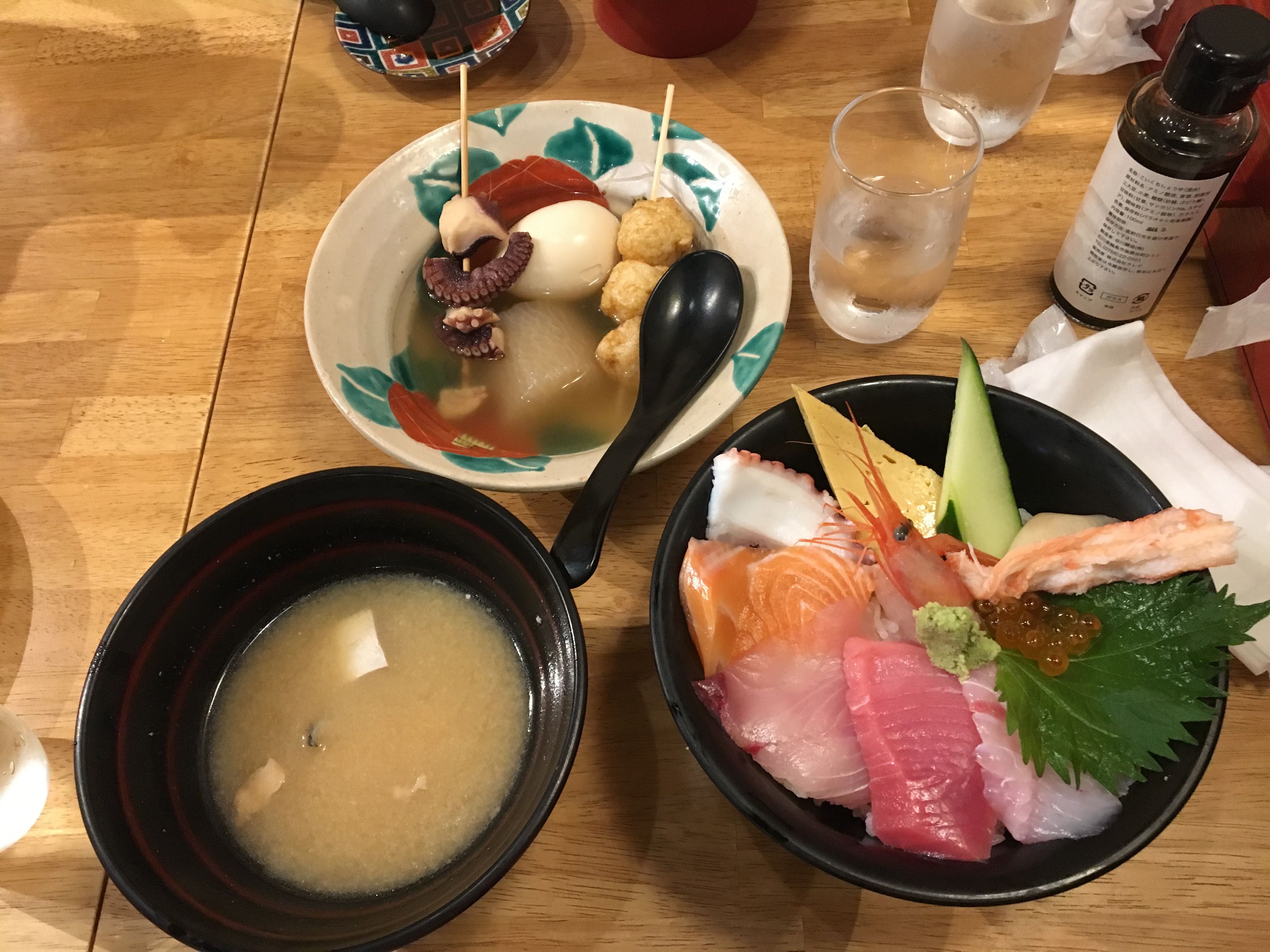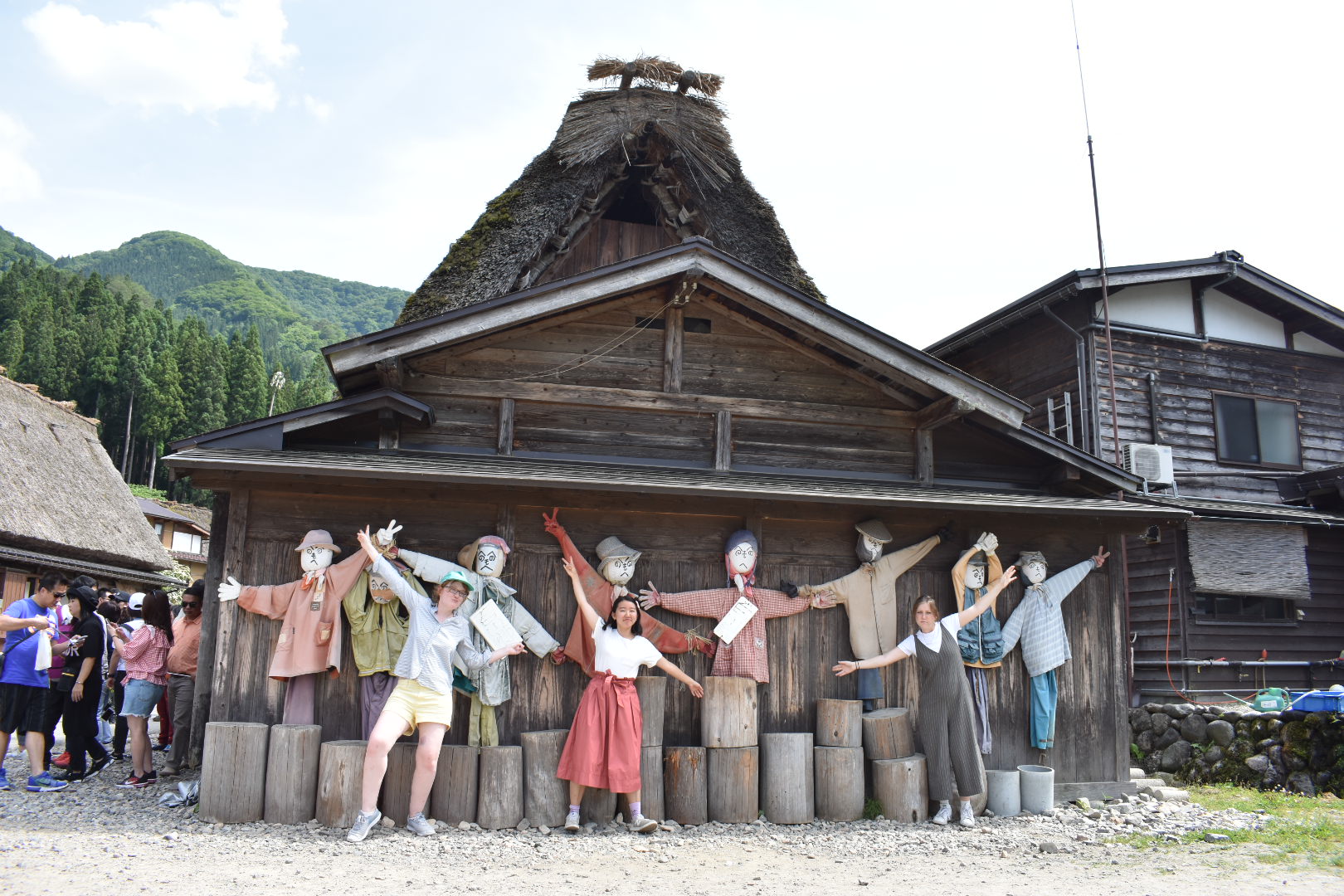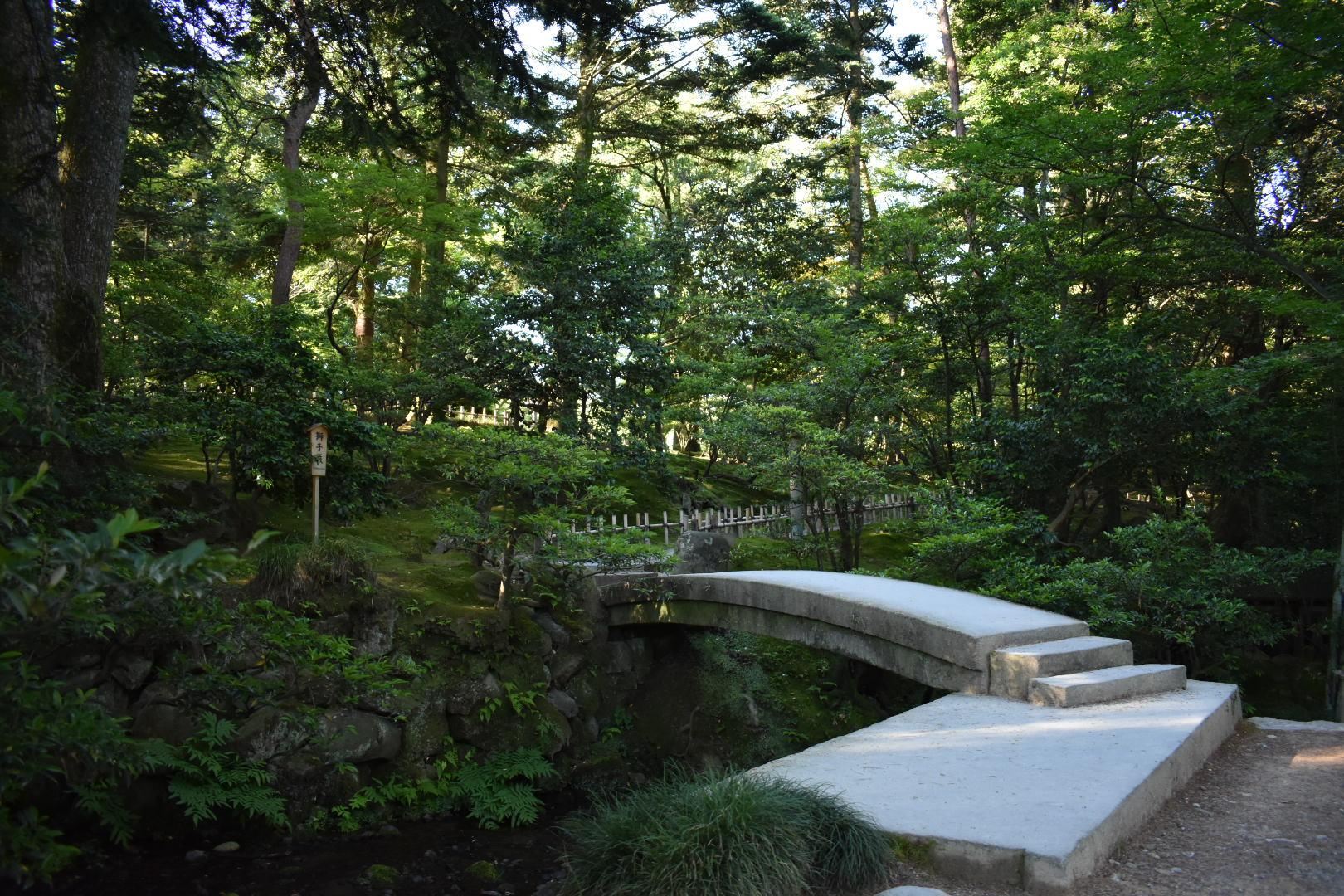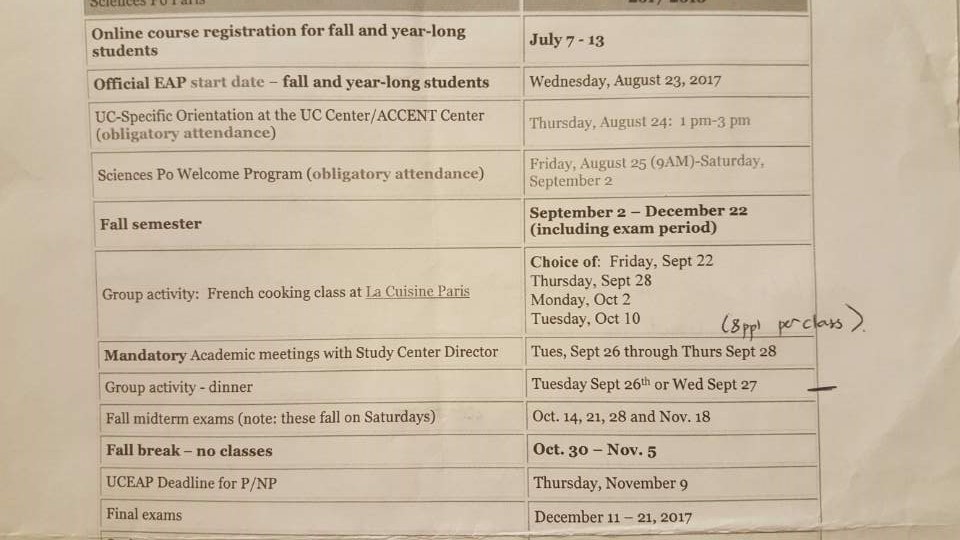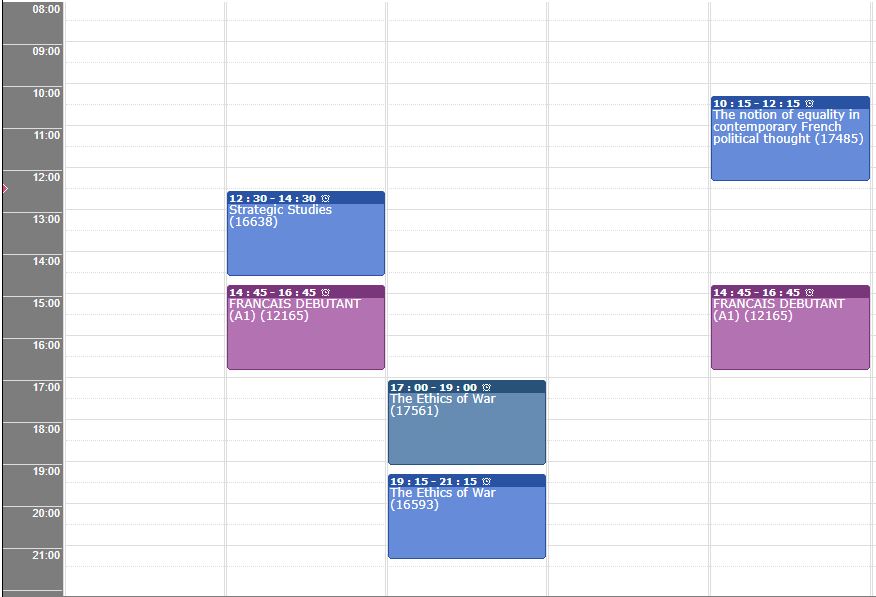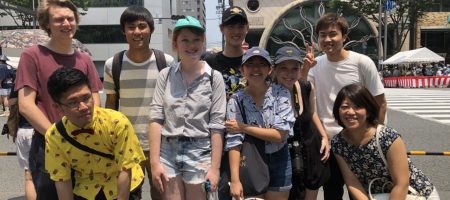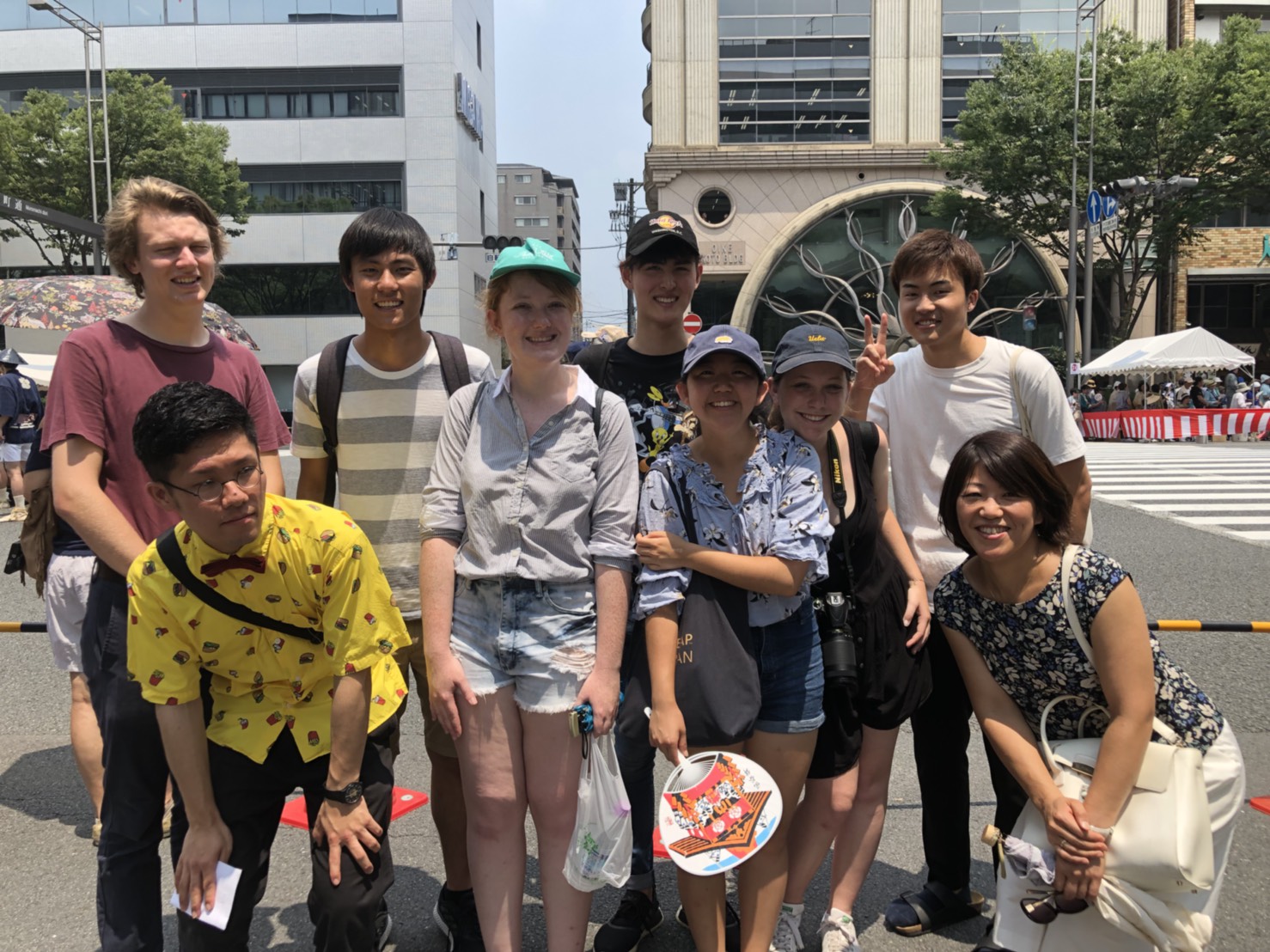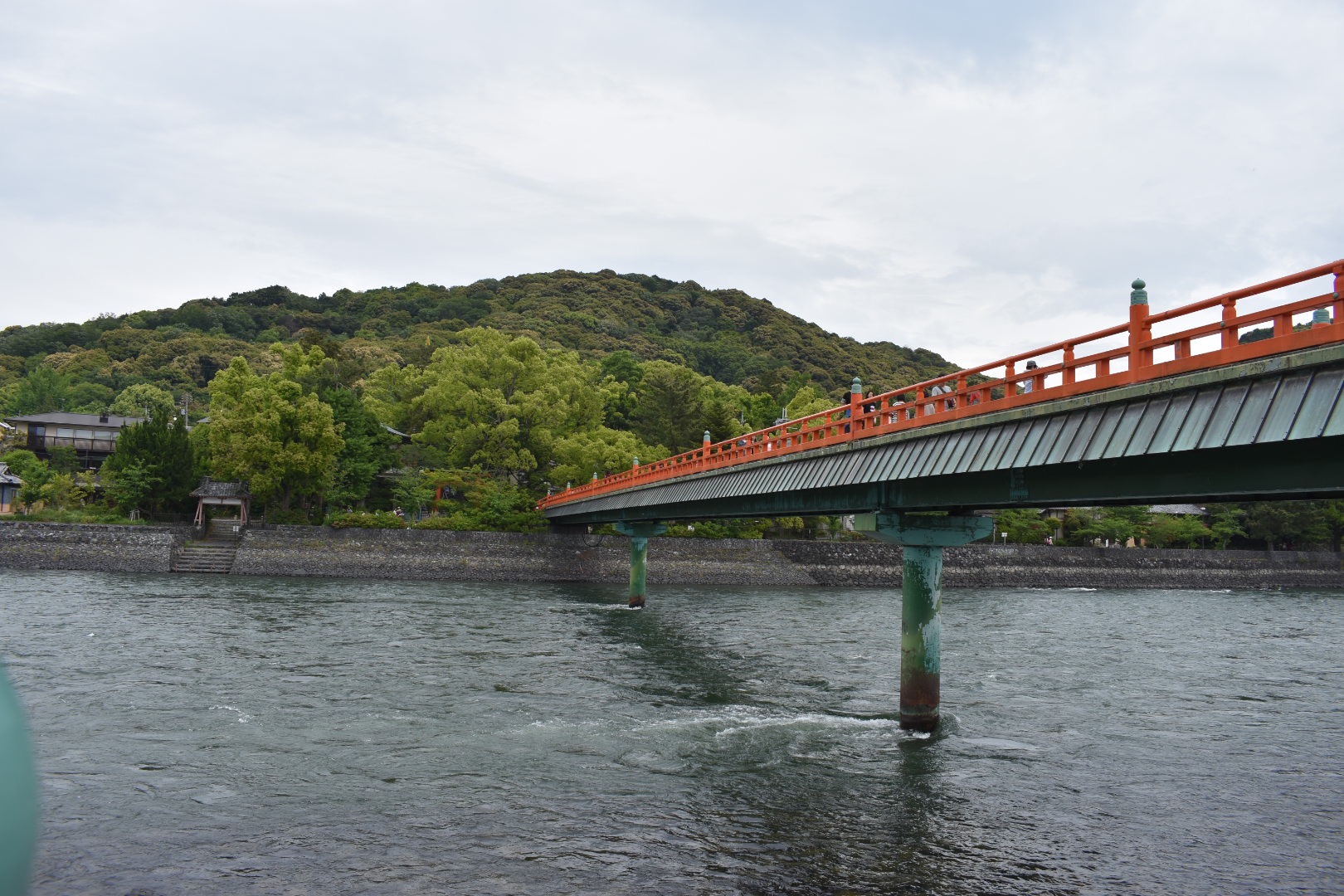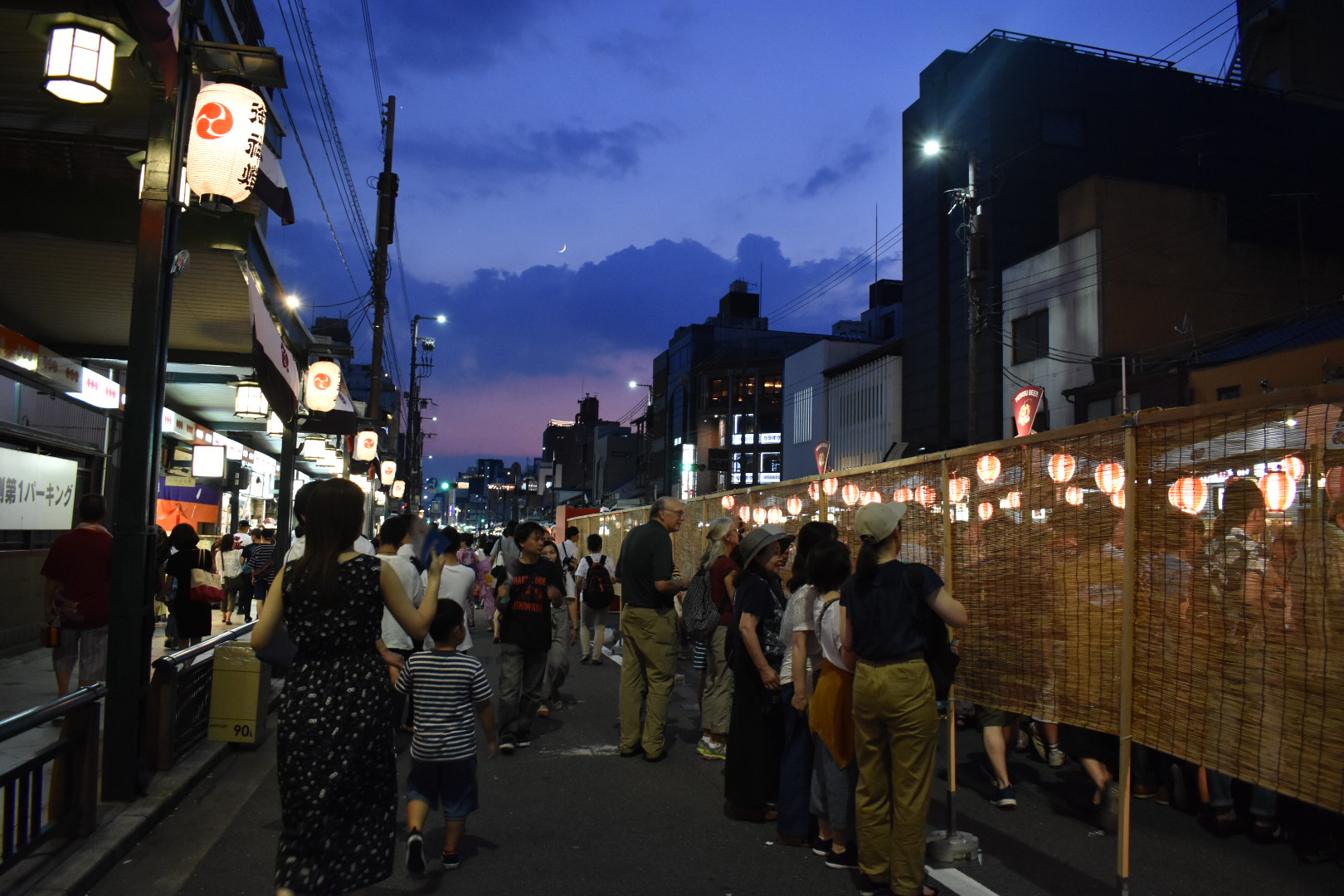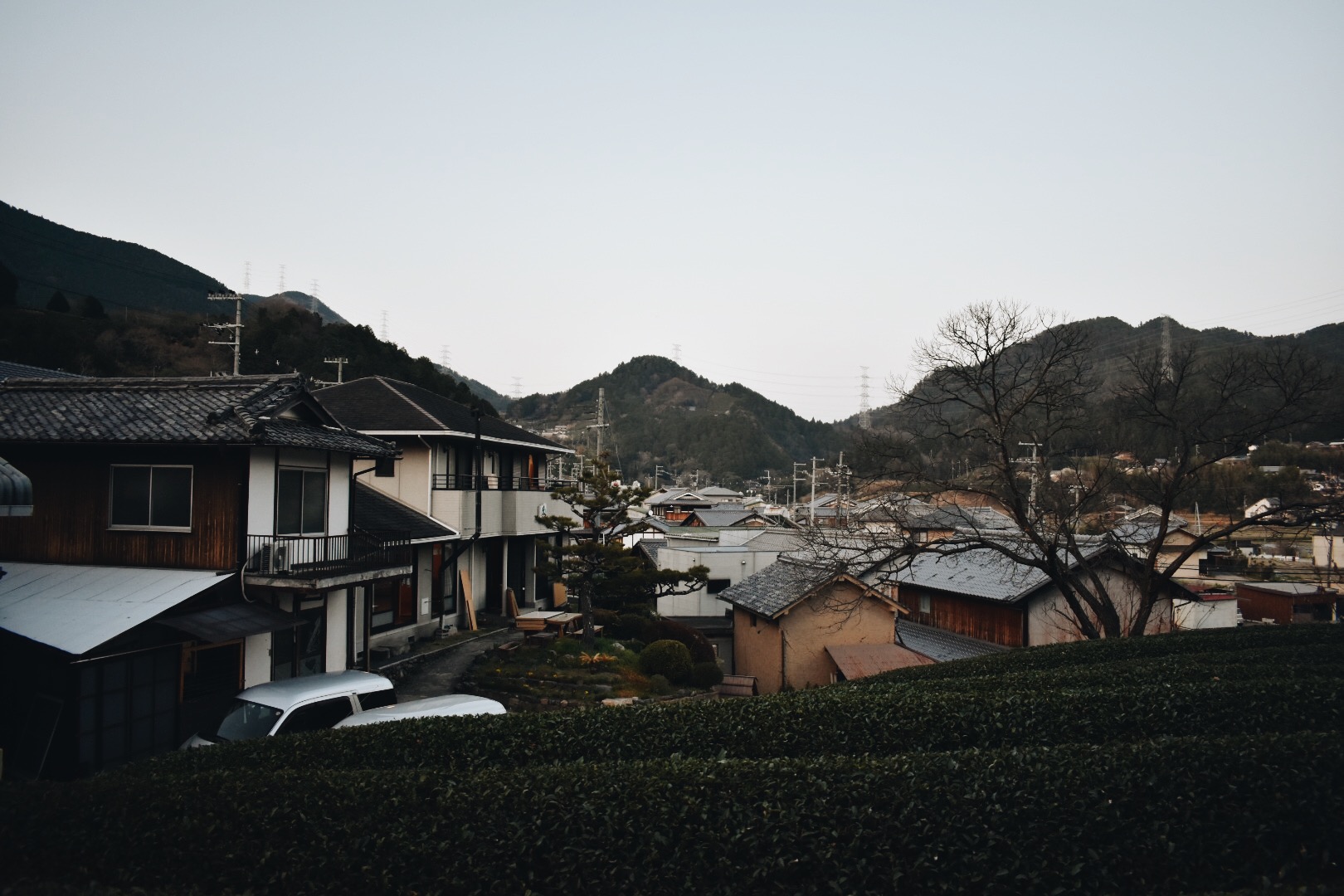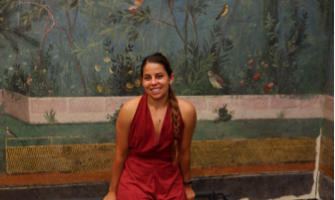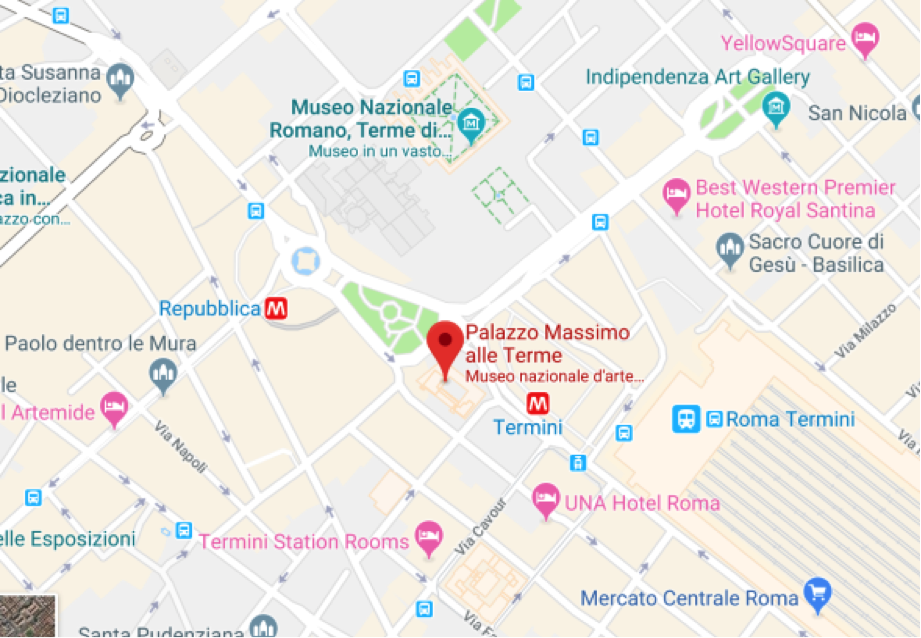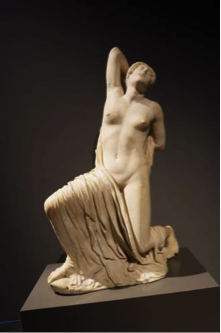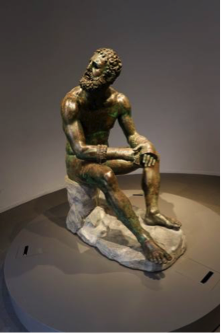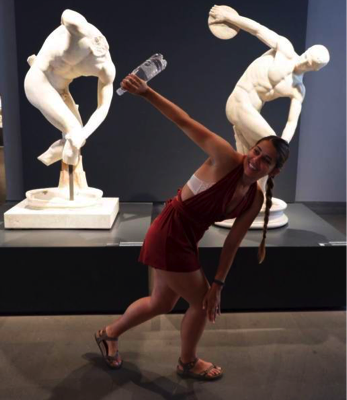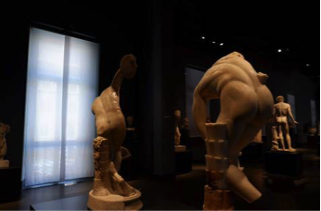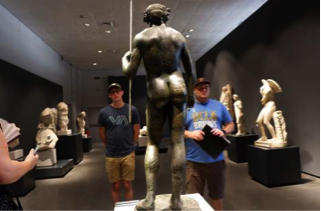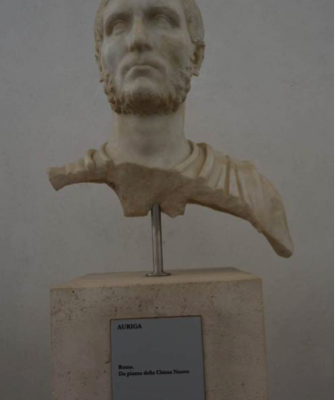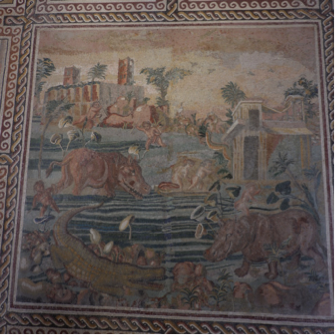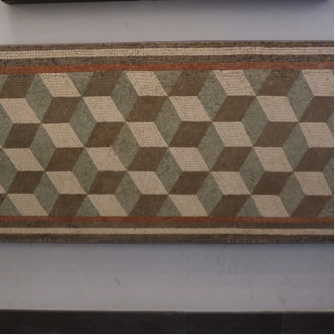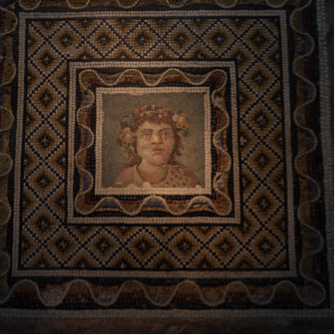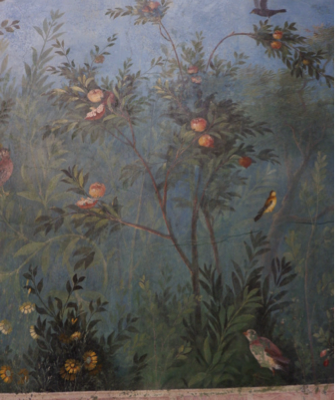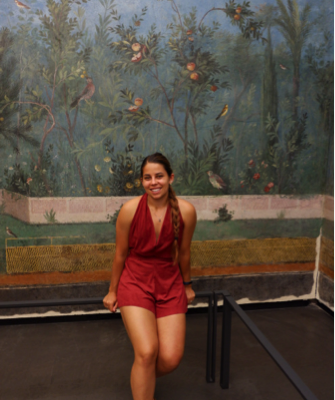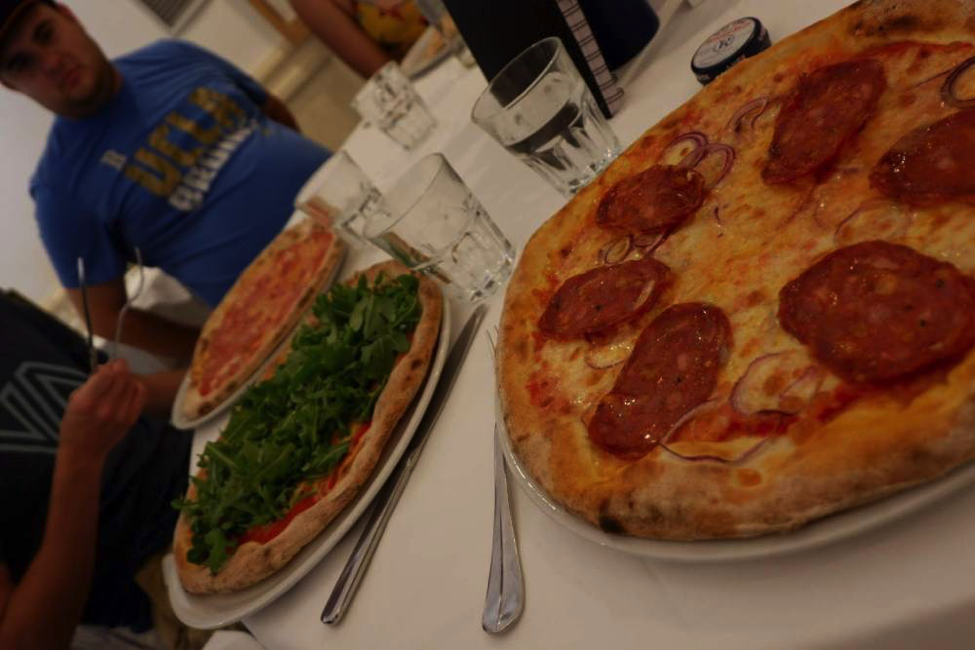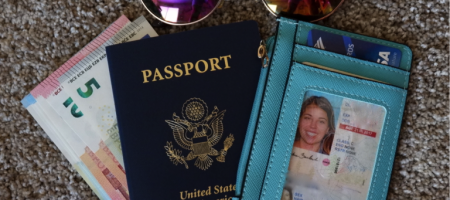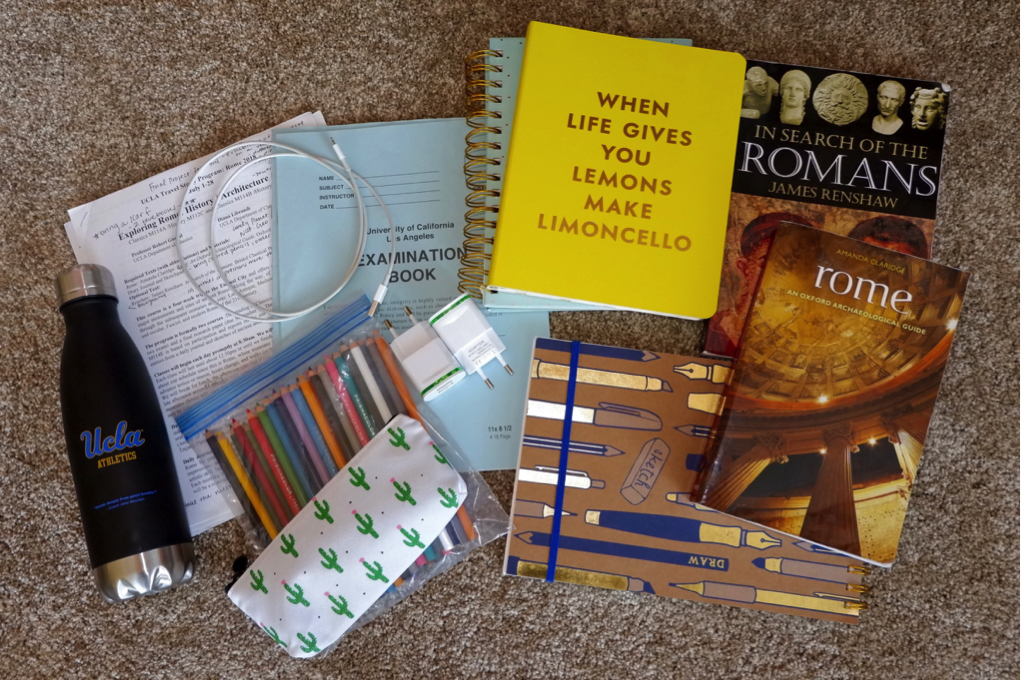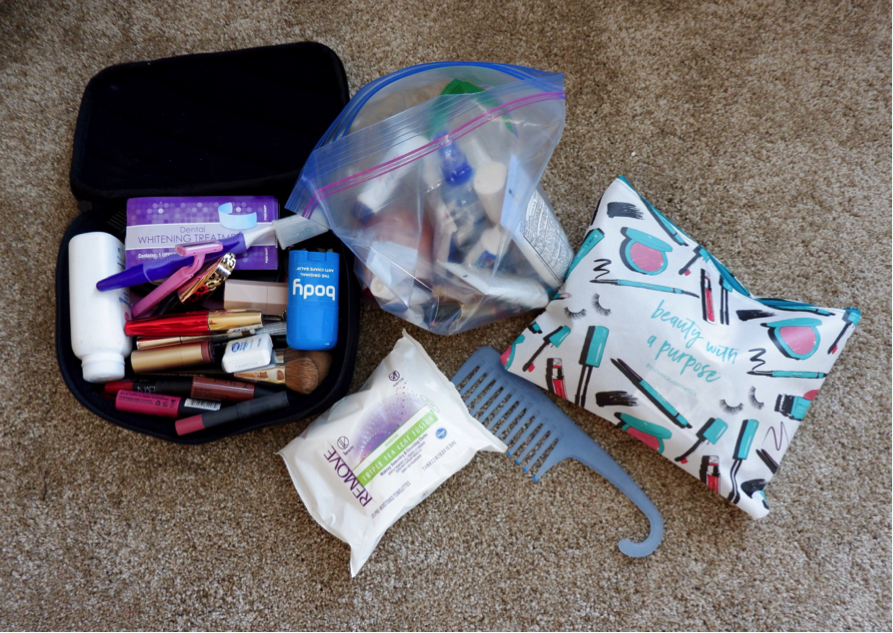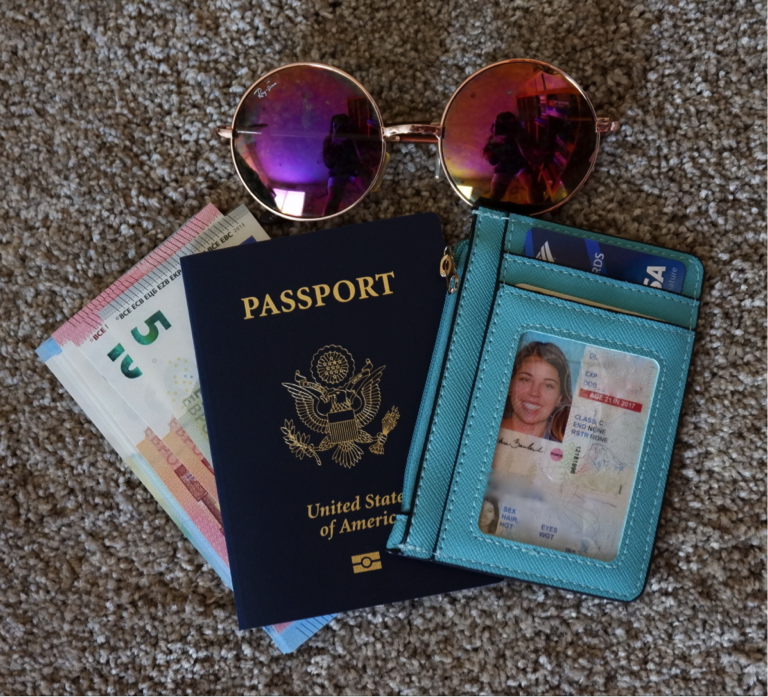France | Shopping in Paris
BY EILEEN KIM
Love Paris but not sure about its cost?
Well, I am here to make your life a little bit easier, and perhaps a bit cheaper.
Shopping in Paris is definitely not like shopping in LA, and everything seems to be ridiculously expensive, especially when we are not trying to buy designer, quality products but cheap student get-by products. I had to go through quite a search to find shops within my spending range, and here are a few that I came to appreciate and love with all my heart.
- Leboncoin
This one is not an actual shop, but it’s French Craigslist of used things. Usually you have to pick up articles yourselves after communicating in French, but other than that everything is great! I got my mini-fridge through the website for only 40 euros and it’s working great. If I were to buy it new, it would have been about 120 euros.
- Hema
Hema is like Daiso. Ranging from kitchen utensils to small snacks to house products, everything in this store is absolutely adorable and definitely affordable. I got some of my kitchen utensils like sponges, knives, and forks from the store, as well as some of my tea.
- Tati
Tati is like a 99-cent store, but a bit more expensive and definitely better quality. There is nothing you cannot find here perhaps when it comes to life-necessities. Beauty products, clothes, shoes, light bulbs, kids’ toys… the list goes on and on. I got my 220v extension cords and my sneakers here.
- Go Sport
It’s basically French Big 5, but its products range wider. Since France requires goggles and caps and non-bikinis, I had to go shopping for them here. I found my swimsuits for 3 euros each, but some were as expensive as 70 euros if I remember correctly.
- Free P Star
In Le Marais area, there are many expensive stores, but there are also many second-hand shops for clothes. Free P Star is my favorite of all these places. While better quality clothes are nicely hung on hangers and displayed in racks, some cheaper clothes are also up for grabs in 1 euro bins. I have found my winter coat and a rider jacket for a euro each, and they are saving me from the cold every day.
- Kilo shop
Though I just said Free P Star is my favorite vintage store, I have to admit Kilo Shop, another vintage store in Marais, is an absolute steal as well. Here, all clothes are weighted and marked according to their colored tags. The price as result is a bit more expensive than Free P Star in general, but they carry more brand or bit higher quality clothes than Free P Star 1 euro bin at affordable prices. They also have many bags and scarves and other smaller items that are harder to find at Free P Star.
These are not only affordable shops in Paris either. IKEA, obviously, Primark from UK, and many other stores are out there to make shopping and life a bit easier. To add, the list here is exclusive for shopping list, things that we can often do away with. There are many other ways to get things we absolutely need to live in Paris as well, such as food. My next post will be about all grocery shops to go in Paris.
Until then, bye bye!
Eileen Kim studied abroad in Paris, France in 2017: http://eap.ucop.edu/OurPrograms/france/Pages/political_science_sciences_po.aspx


